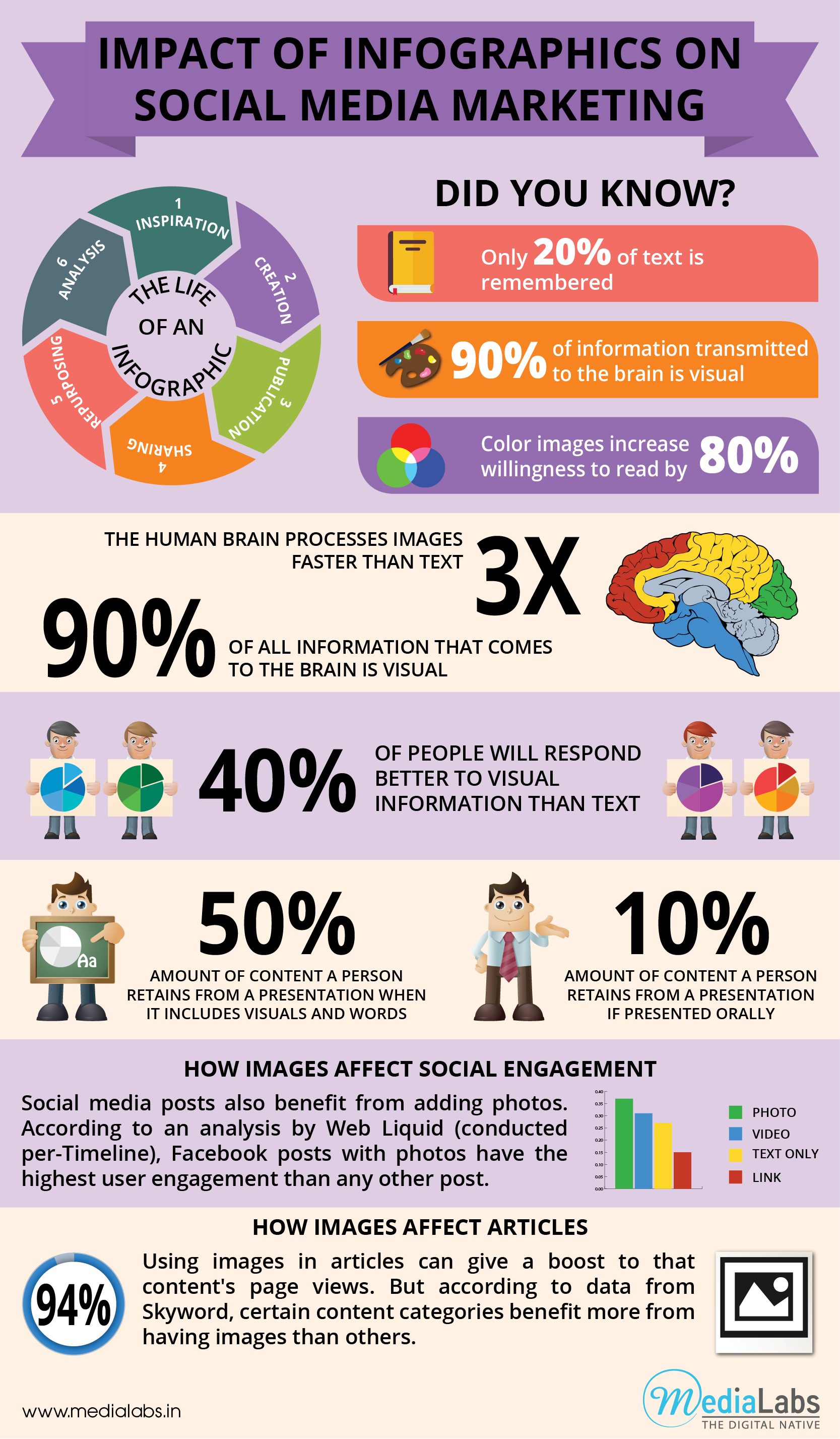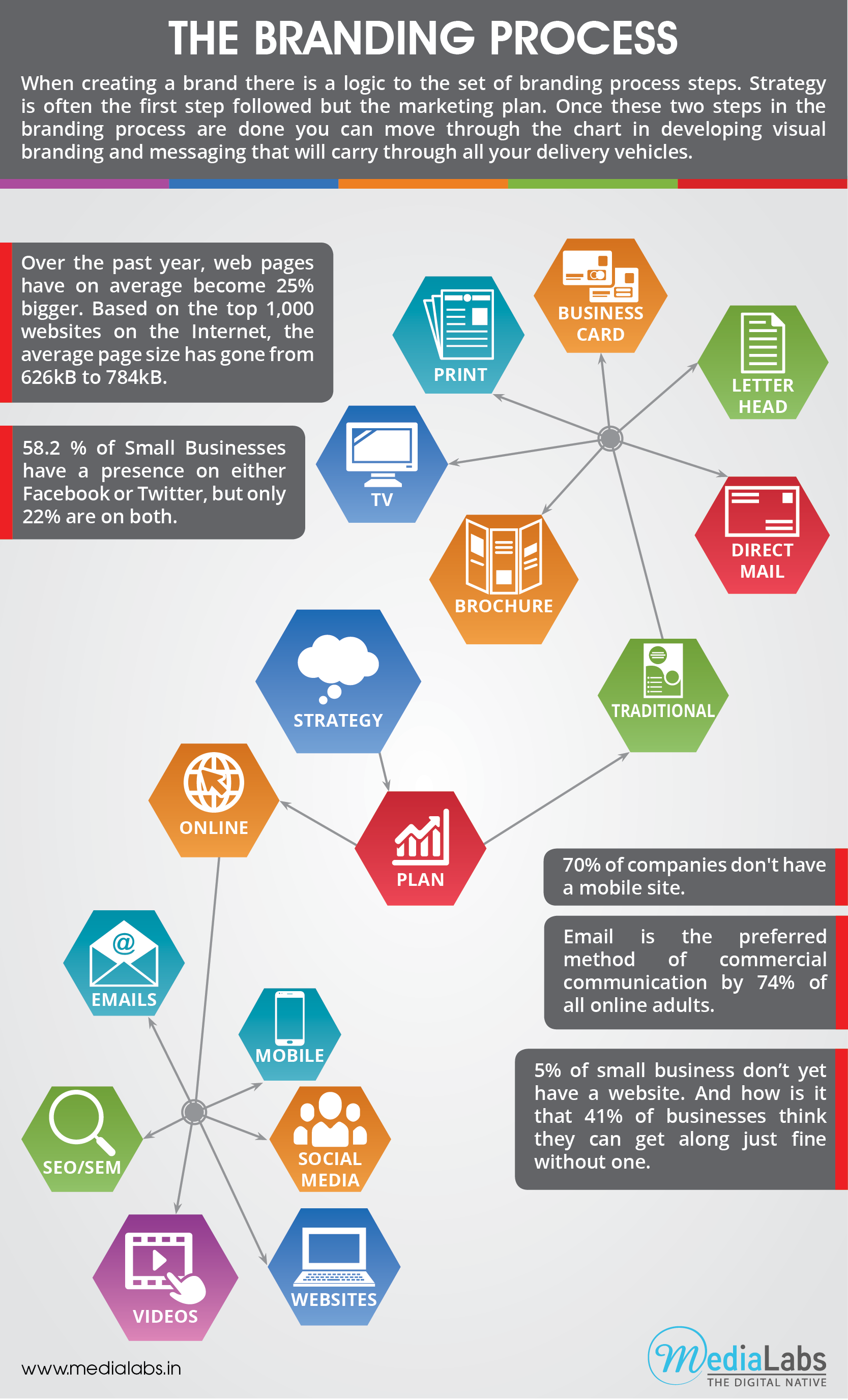Top 7 Video Sharing Websites Like YouTube

Video content and video marketing is a growing trend over the Internet. With increasing video viewership and the ease of sharing, the video content today makes up for around 57% of the consumer internet traffic in 2015, which is 4 times more than email and web browsing. According to Hubspot, this figure is expected to rise to 69% by 2017 and further to 79% by 2018. So, we can see the exponentially growing video penetration, both for businesses and consumers.
It has been found that 78% people watch videos online every week, while 55% watch every day. Hence, we can imagine the traffic that video website face on a daily basis. 93% of marketers use video for online marketing, sales and communication. 18% of marketers found video marketing to be successful. Hence, it is very important for marketers to upload, share and increase the viewership of their video content. You can take a look at the impact of video marketing in this article.
Video content is not only used for marketing. Video content on the web can be used for various purposes. A report in statistic states that, the most regularly watched categories of U.S. online video viewers were funny videos, movie trailers and music videos. Video content also includes how-to videos, newscast, movie clippings, entertainment videos and much more. It can also include personal videos, which can be uploaded and shared.
There are more than 50 video sharing websites online, most of which offer free membership. YouTube has one of the leading websites for viewing and sharing video content. After Facebook, it is one of the most popular social media platforms. It has more than 1 billion unique users. Apart from YouTube, other top 7 video sharing websites are as follows:
Netflix:
This is primarily a video streaming website, which was started in 1997. This is one of the best websites to view television shows and movies. It has over 34 million subscribers in the US.
Vimeo.com:
This was started in 2004 with more than 24 million registered users currently. Vimeo does not allow upload of any commercial videos. All videos are non-commercial and original. They claim that 51% of the traffic comes from mobile devices. Vimeo can be used to share videos privately with friends and family. They have both free and paid membership schemes.
Yahoo! Screen:
Started along with yahoo in 1994, this platform can also be used for sharing videos with friends and on-demand streaming. It supports different categories of videos and more like a social interface for hosting and sharing video content.
Dailymotion:
This came into existence in 2005 and currently it provides video services in 34 different languages. It has nice features like add friends, subscribe to channels, video recommendations and much more. In 2012, it started ‘mass uploader’, where you can upload more than one video simultaneously. Dailymotion can be easily integrated with Facebook, smart TV, smartphones and other platforms.
Vube:
This is a platform, where you can upload videos and get paid in dollars. A user can create their own channels to upload, comment and follow other channels, interact with other vube users and also connect over the social media. This has become quite a popular website with 1.7 million likes on Facebook. More than 30 million users visit the website in a month to upload videos clips and movies.
Vine:
This was started in 2012 and later acquired by Twitter. Vine supports different OS platform and is available in 25 languages. This is mostly meant for very short video clips of 6 seconds, which can be recorded and uploaded. It has a unique feature called ‘revine’, which allows you to share other people’s post with followers. This is usually used for music or humour clips.
Twitch:
This started as a live streaming platform in 2012, then later got acquired by Amazon. This is mostly dedicated to gaming related videos. It also gives real time coverage of esport tournaments and game talk shows. It also has gaming softwares for PlayStation and Xbox. It supports Android and iOS platforms.
Other popular video sharing websites include Hulu, LiveLeak, Ustream.TV, Break, Metacafe, Blip, Viwester, Veoh, Flikr and others.
So, if you are looking for sharing content, you might want to consider the following parameters:
Features:
These include both audience and producer features. Watching videos online should be more user-friendly and enjoyable for users. Video hosting websites should also have creative tools for producers to create and upload their videos easily.
Content:
Good video sharing websites should have a good database of videos. It should be regulated and scrutinized for racist, pornographic and other unwanted videos.
Ease of Use:
Again, features like search box, navigation tools should make things easy for users and they would love to return to the website.
Help and Support:
Most websites have free membership, yet they should have a good customer support like FAQs, User guides, forums, etc.
Video sharing websites are upgrading themselves day by day to enhance the audience experience. Online users love to watch videos, which are precise to their search and easy to view in any platform, including smartphones. So, if you are looking at sharing your videos online, check out the above video sharing websites for sharing, publishing, distributing and broadcasting.
Hey, thanks for the info. Now what?
If you need any help with content creation, we have tons of free resources to get you over the hump. Please to ensure that you never miss an article.
Have questions or comments? Please use the comment form down below. We read and reply to every comment.
If you really enjoyed this post, please help us to spread the word by clicking one of the social media sharing buttons.



